Latinx Files: Club Fonograma Forever
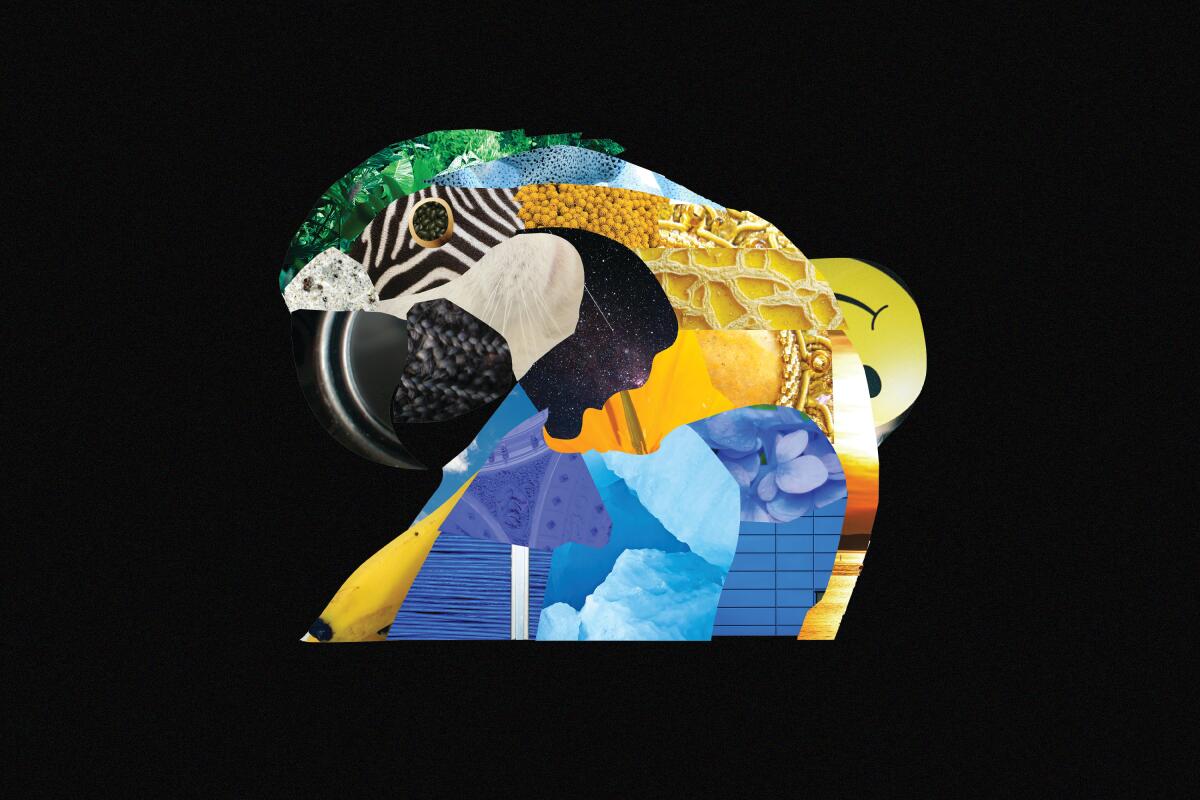
- Share via
In the late 2000s and early 2010s, if you wanted to find great new music — particularly independent music— you pretty much had to rely on digital word of mouth. Before the cold and calculating recommendations made by the streamer algorithms, there were the blogs.
And when it came to Iberoamerican indie music, there was no better place for discovery than Club Fonograma.
“The site supported, amplified, and critiqued wildly popular and important music that was perennially ignored by major labels and recording academies,” said Josh Kun, interim dean of the University of Southern California Thornton School of Music and professor of communication and journalism.
Kun notes that Club Fonograma helped readers discover artists like Carla Morrison, Rita Indiana, and Helado Negro. The site also put Chilean indie pop on the map (Dënver, Javiera Mena, Alex Anwandter) and was one of the first English publications that took reggaeton seriously — one of the blog’s first reviews was of Arcangel’s “La Maravilla.”
In addition to album reviews, Club Fonograma also periodically released curated, themed mixtapes called “Fonogramáticos” that frequently featured previously unreleased tracks. They’re all great, but if forced to choose, I’d have to pick Volume 7 — a collection of upbeat songs that featured Corazon Attack’s “Mi Motivo Particular,” Papa Topo’s “La Chica Vampira” and Rita Indiana’s hypnotic “Platanitos” — and Volume 10 — a mixtape whose theme was covers, and included a Carla Morrison rendition of Intocable’s “Estás Que Te Pelas” that to this day still knocks the wind out of me.
Launched in 2008 on the Blogger platform, Club Fonograma began as a place where founder Carlos Reyes, a Mexican immigrant based in Phoenix, could house his album reviews. According to a 2014 story published by Fusion (full disclosure, I was once employed by the now defunct media company), Reyes started blogging only after his mother bought a used Mac at a yard sale.
“It was never my ambition to have a lot of people reading,” said Reyes. “But people showed up.”
Among those who did was Andrew Casillas, a 37-year-old lawyer from San Antonio who found Club Fonograma in the summer of 2008 while searching for reviews of Ximena Sariñana’s album, “Mediocre.” Casillas says that coming across the site was like finding a “Spanish language pop nirvana,” and it prompted him to start an email correspondence with Reyes. In 2009, Casillas became a regular contributor, one of about a dozen in the site’s history.
The Latinx experience chronicled
Get the Latinx Files newsletter for stories that capture the multitudes within our communities.
You may occasionally receive promotional content from the Los Angeles Times.
“From the start, I knew that Carlos was running the website almost like a public service,” said Casillas.
“There were never plans to inundate the site with ads or sponsorships, he was merely looking for a place to write about the music of Spain and Latin America with an English language perspective. He wanted a place where talking about Café Tacvba wasn’t niche but a standard process, where Calle 13 could be hailed as geniuses and not just ‘good reggaeton,’ where Julieta Venegas could be just as vital and important as Björk.”
That’s exactly what Club Fonograma was. It was a wonderful, beautiful space where our music was given the respect and appreciation it deserved. It was a labor of love — no one involved on the site got paid — that started off as a one-person project but quickly snowballed into a tight-knit community.
“Club Fonograma stuck closely to the ‘club’ in its name: both the nightclub as a space of sanctuary and collective joy, and the clubhouse where crews of like-minded music fans could gather together on their own terms,” said Kun.
I would also add that Club Fonograma did something very few other media properties have done — create an English-language space for Latinxs that didn’t pander. It was the epitome of “for us by us.”
Club Fonograma’s heyday began in 2009 and ran until 2014. By 2015, the site’s prolific posting turned to a trickle, and in 2017 Club Fonograma stopped publishing stories altogether. The site briefly came back in 2019 — it published a total of 17 posts, many of which focused on the best music of the decade — but then reverted back to radio silence in 2020.
On Dec. 27, 2022, Club Fonograma’s Twitter account announced that Carlos Reyes had died in 2021. He was 34.
The shocking news was immediately followed by messages of condolences and appreciation from Club Fonograma’s longtime fans and musical acts the site championed.
I never met Reyes in person — we followed each other on Twitter and bantered over music and film — but learning he had passed away felt like finding out a childhood friend I had lost touch with had died.
The cause of death is still unknown and his family hasn’t spoken to the press since his passing. Honestly, the details are irrelevant. All that really matters is the beautiful community he created, and the fact that he’s no longer with us. His passing also marks the end of an era.
“There’s nothing like [Club Fonograma] on the internet today, but maybe it’s just because we don’t have many people like Carlos left on the internet anymore,” said Casillas.
I couldn’t agree more.
Q.E.P.D., Carlitos. May you and Club Fonograma live on forever!
Consider subscribing to the Los Angeles Times
Your support helps us deliver the news that matters most. Become a subscriber.
Thanks for the last two years and here’s to 2023
Hi, I’m Angel Rodriguez, the editor of the Latinx Files and general manager of our Latino Initiatives team. I wanted to hijack the newsletter this week for a quick preview of what our team has in store for 2023.
More.
Think more of everything we currently do and some new things we hope you really enjoy.
You’ll hear from more voices in this space. You’ll also see more original reporting around topics of culture and identity that showcase new and different ways we express our Latinidad.
And you will be able to participate in more live events, both in person and digitally. We learned with our Dia de Muertos event at the Hollywood Forever Cemetery the importance of creating true connections with our community.
You may have noticed that we’ve been hiring some new roles to add to our existing team and more positions will be opening up soon. We hope to bring together a group of creators that highlight what makes our community, made up of so many diverse communities within it, unique.
At the core though, you’ll have more opportunities to engage with us and participate in the storytelling we plan on doing this year. Since the inception of the Latinx Files, we have depended on you to help us tell the real story.
From the ravages of COVID and the effects of gentrification on our community to your memories of the World Cup, we have relied on our readers and that will only continue.
Over the next couple of months, you’ll hear more about what we’ve been working on and have an opportunity to contribute to future projects.
We are excited about 2023 and what’s to come and we will be thrilled to have you all join us on this journey. And as my grandfather would always say “pa’ tras ni pa coger impulso!”
And now for something a little different...
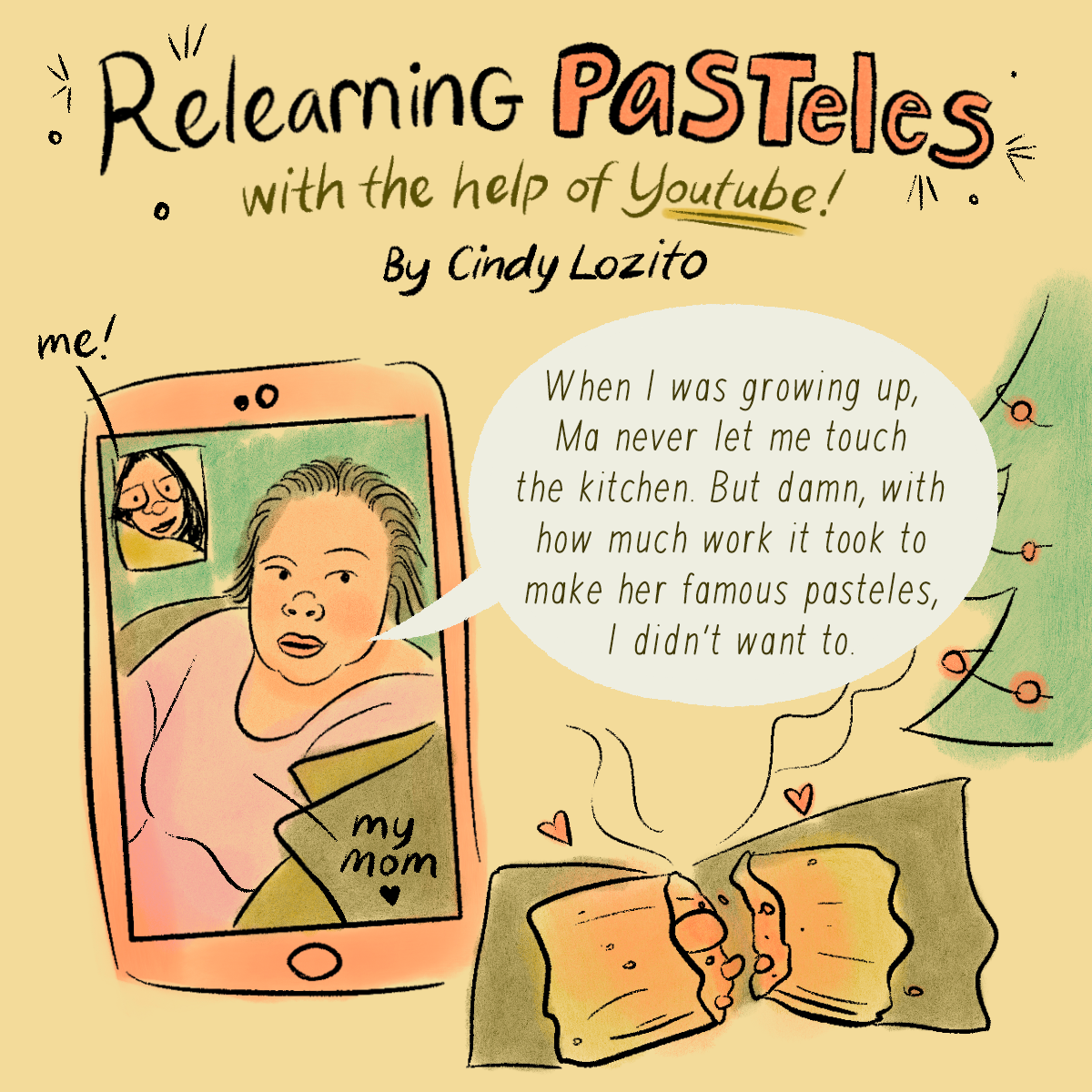


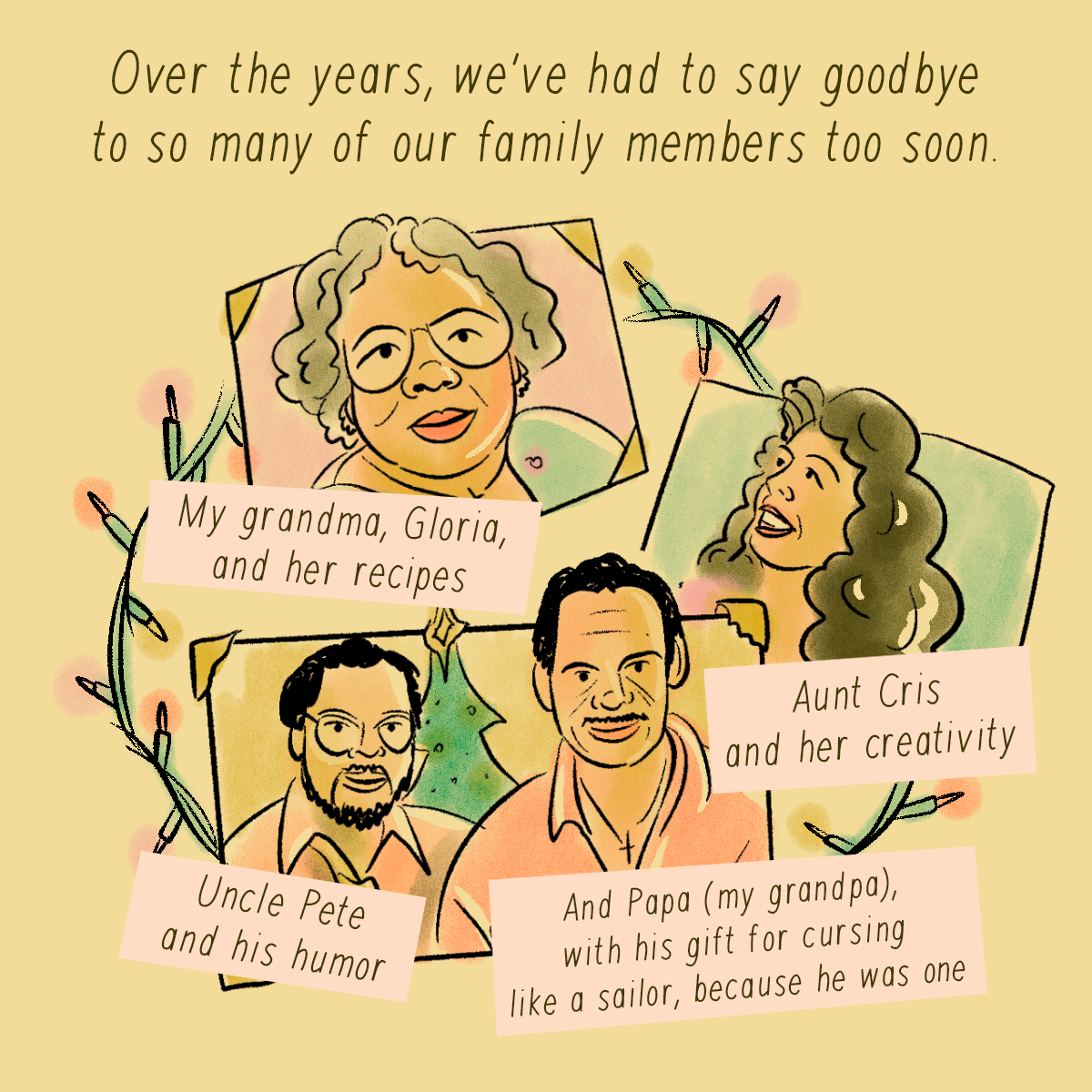
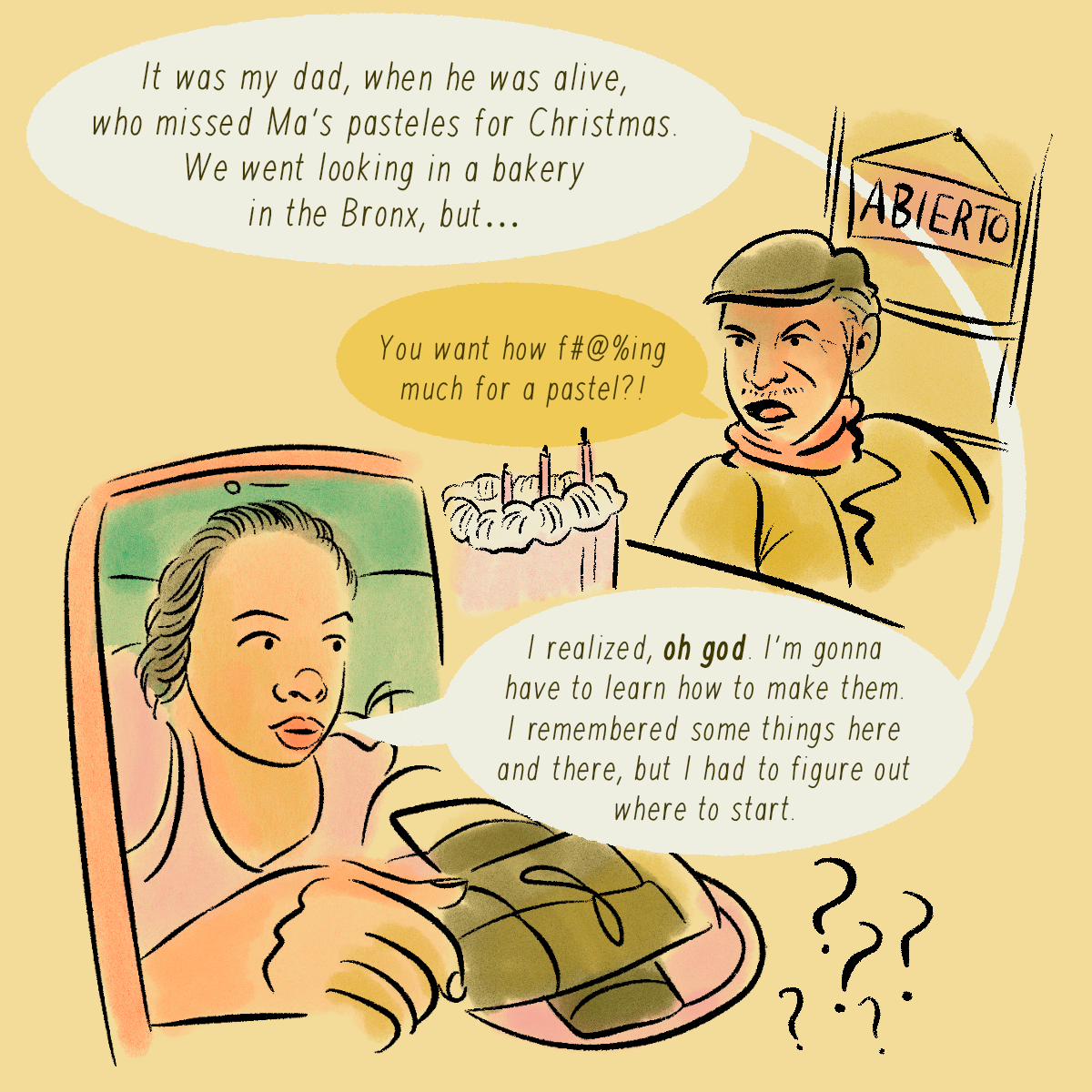

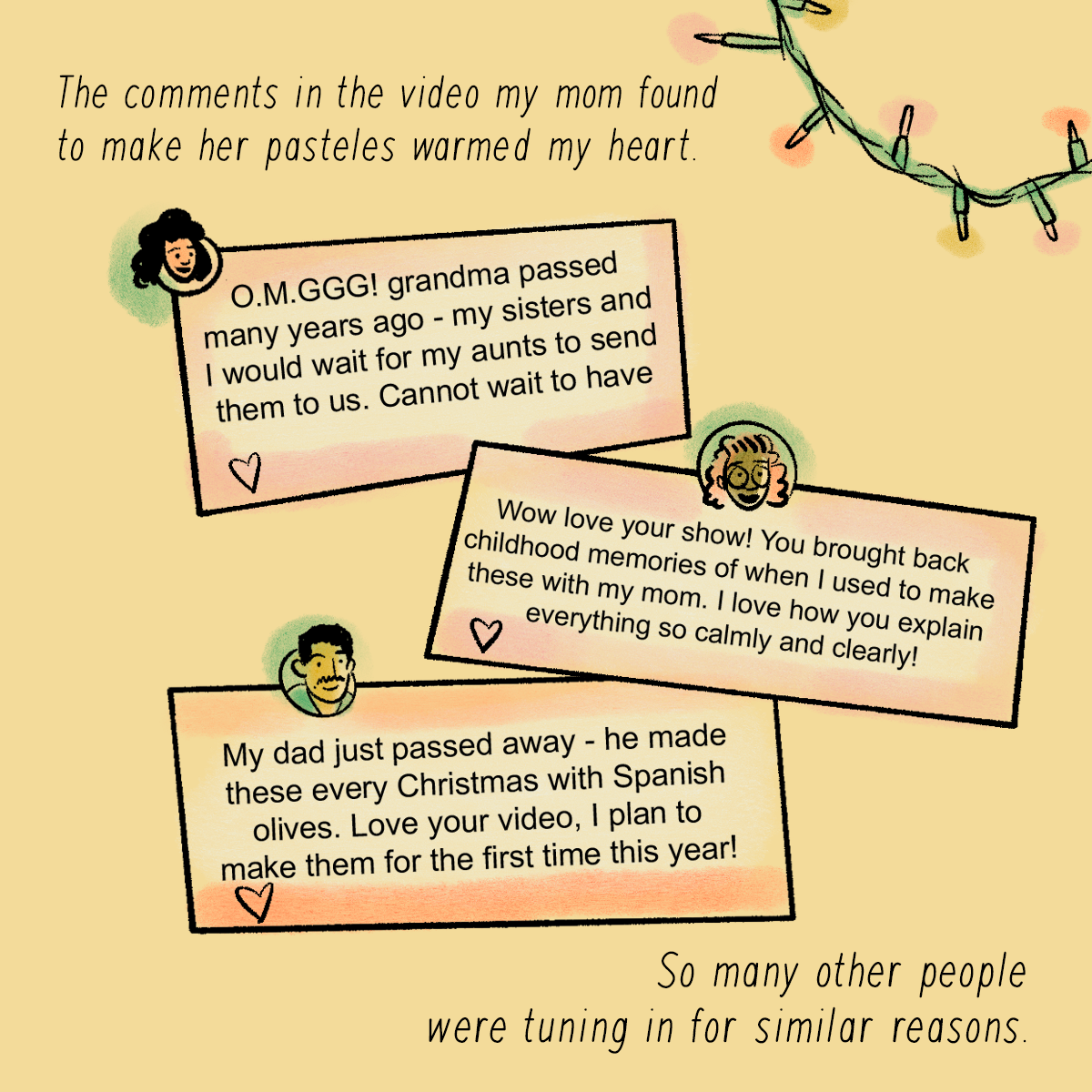
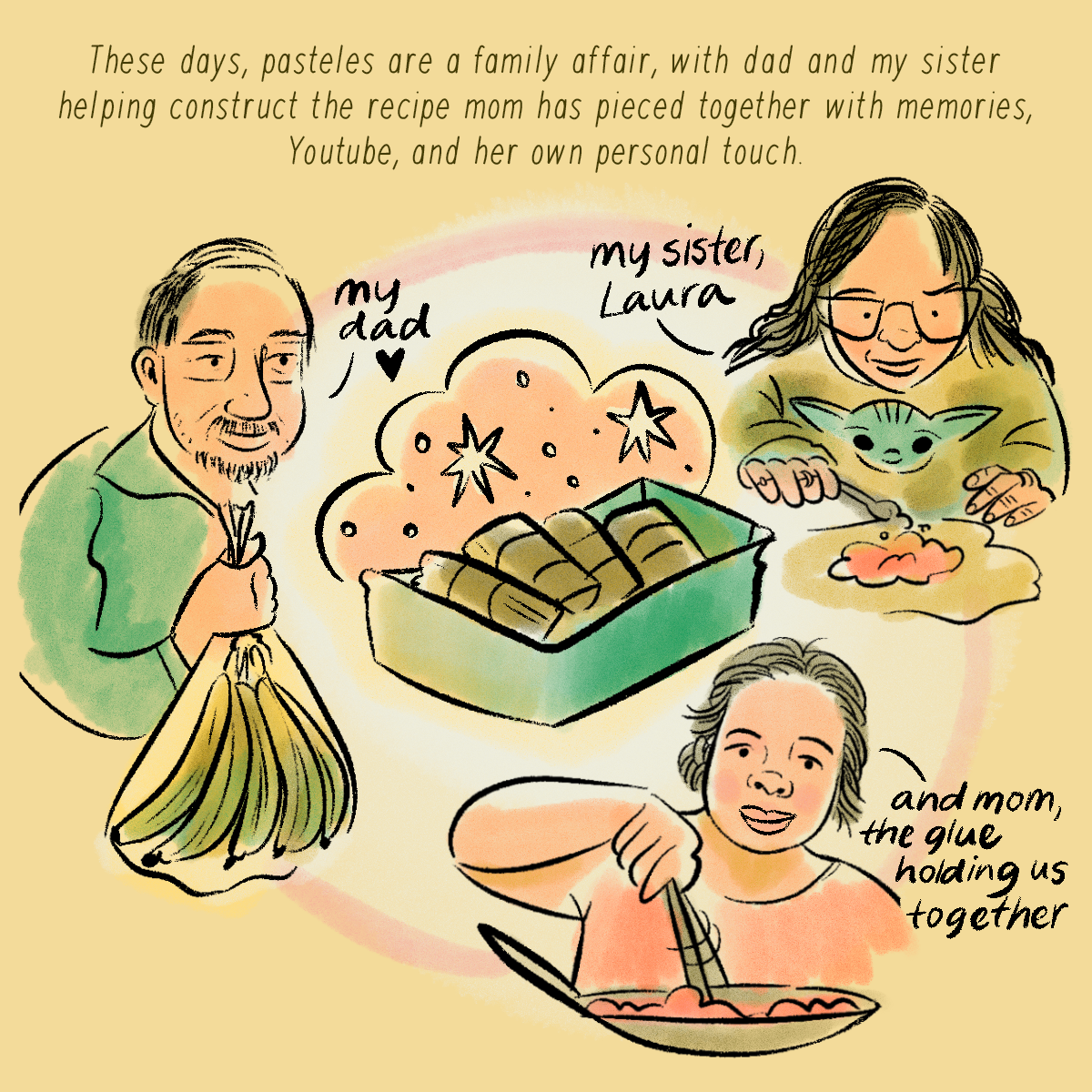
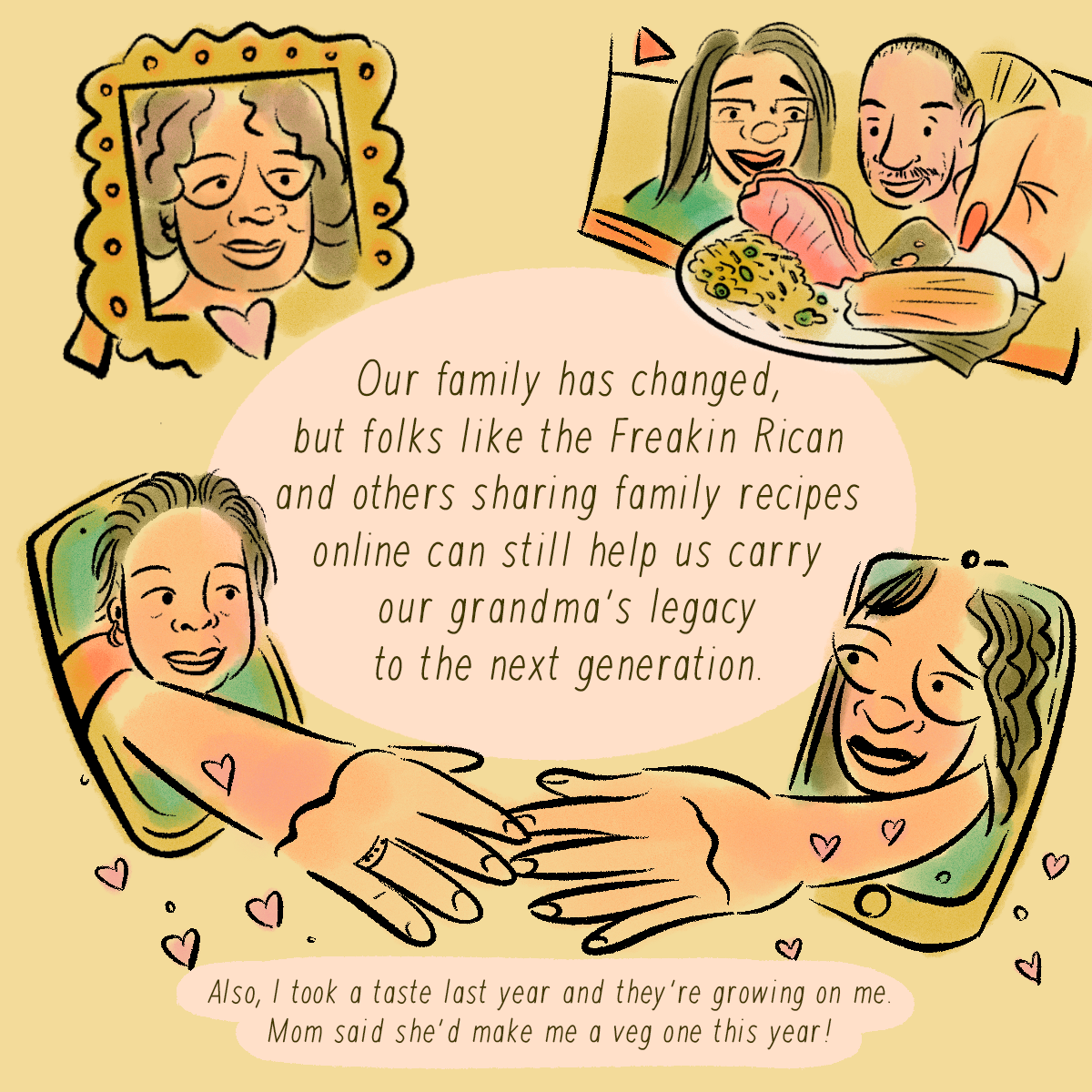
Cindy Lozito is a Queens-raised, Philly-based illustrator and storyteller.
“For a long time, I mourned how disconnected I felt from the Puerto Rican side of my family after we lost so many family members so quickly. I’m learning as I get older that through intention, love, and some modern tools, my family can still embrace our culture and celebrate the memories of our ancestors.”
Are you a Latinx artist? We want your help telling our stories. Send us your pitches for illustrations, comics, GIFs and more! Email our art director at martina.ibanezbaldor@latimes.com.
The Latinx experience chronicled
Get the Latinx Files newsletter for stories that capture the multitudes within our communities.
You may occasionally receive promotional content from the Los Angeles Times.







